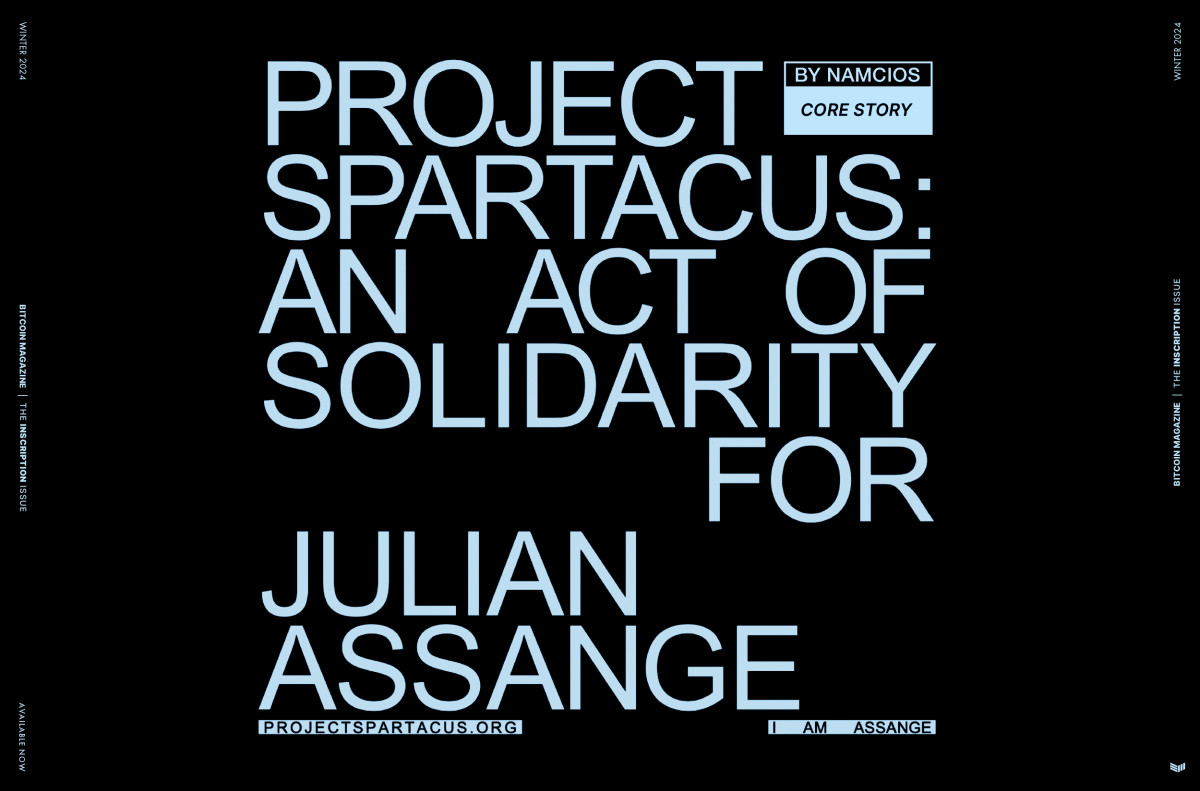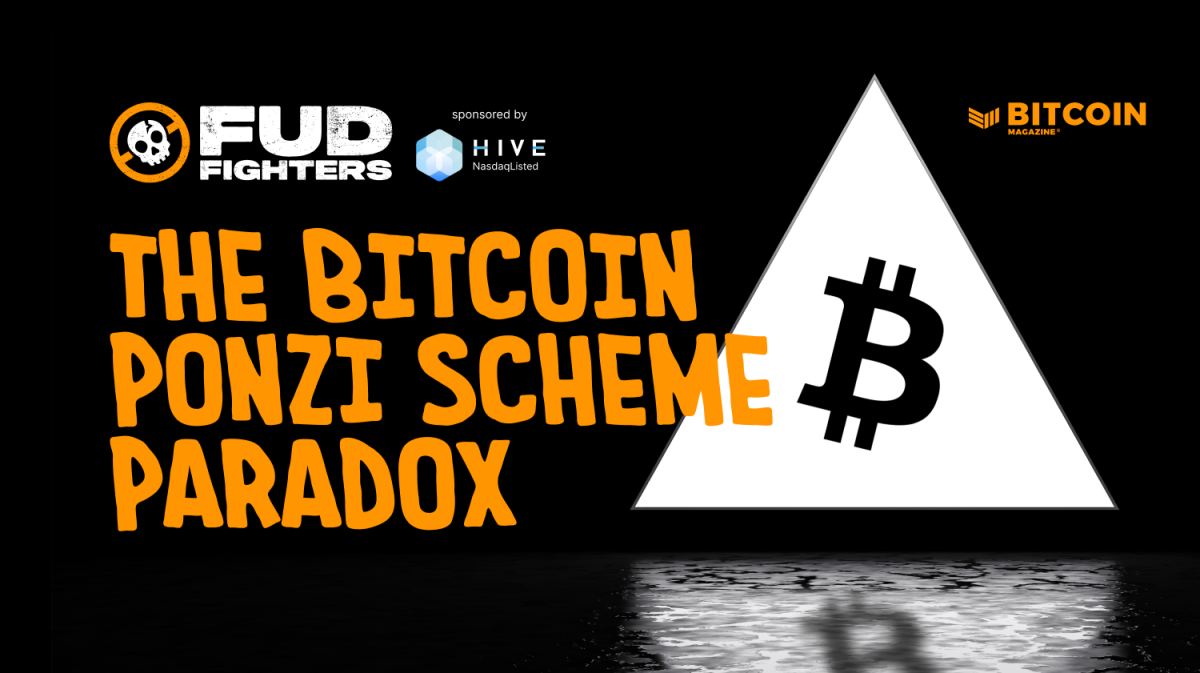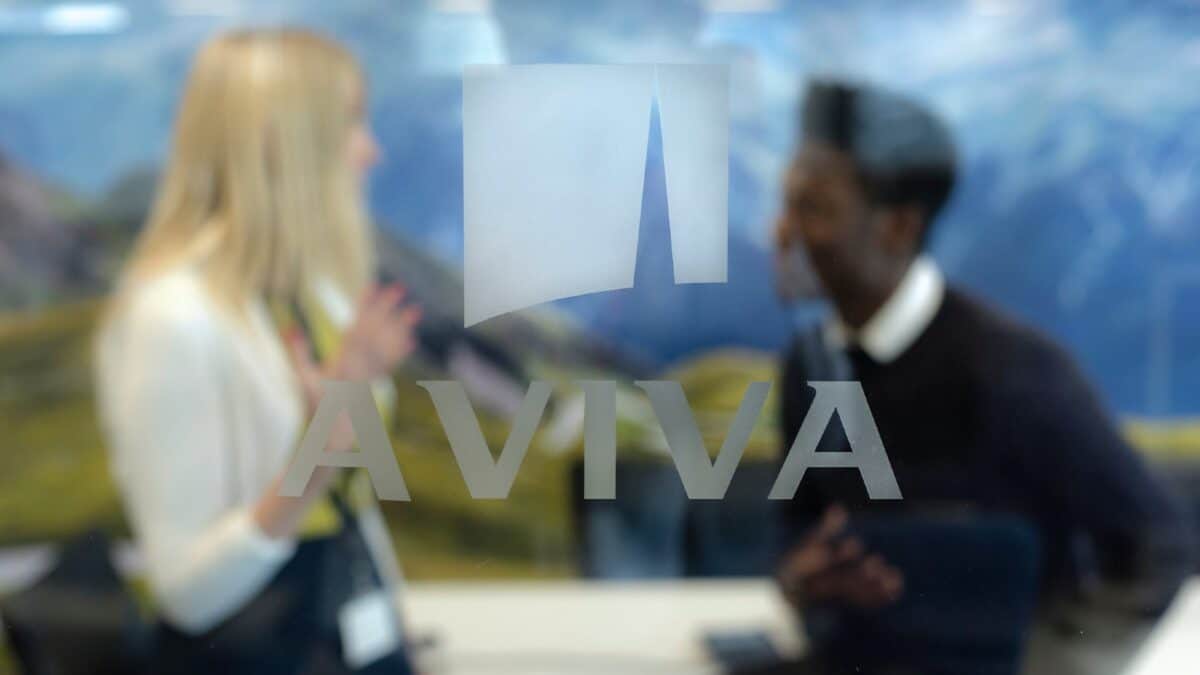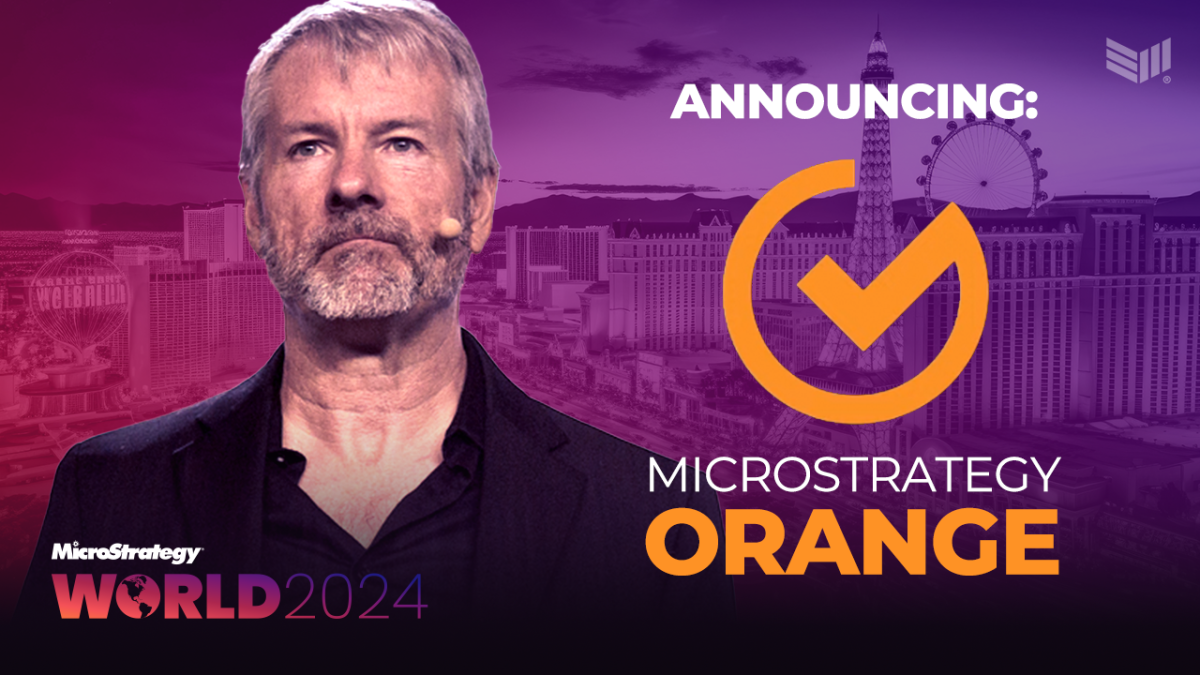Avalanche or Solana? Comparing Two Powerhouses in the Blockchain World
Dive deeper than price charts! Explore the innovation, ecosystems, and potential pitfalls of Avalanche and Solana, two rising stars in the blockchain revolution. Weigh risks and rewards, discover their future trajectories, and invest wisely in the decentralized future.

Avalanche or Solana? Navigating the Labyrinth of Layer 1 Dominance
In the sprawling realm of blockchain technology, where countless platforms vie for supremacy, two powerhouses stand out: Avalanche and Solana. Both boast blazing-fast transaction speeds, robust scalability solutions, and vibrant ecosystems buzzing with DeFi, NFTs, and beyond. But for the discerning investor, the critical question looms: Avalanche or Solana? Choosing between these titans requires a deep dive into their strengths, weaknesses, and unique offerings.
Speed Demons: Benchmarking Transaction Speed and Scalability
Both Avalanche and Solana boast impressive transaction speeds, leaving traditional blockchains in the dust. Avalanche utilizes a unique subnet architecture, allowing multiple independent blockchains to operate under the Avalanche umbrella, each capable of processing thousands of transactions per second. Solana, on the other hand, employs a highly optimized Proof-of-History (PoH) consensus mechanism and parallelization techniques to achieve its blazing-fast finality times.
While both platforms excel in speed, subtle differences emerge. Avalanche's subnet structure potentially offers greater scalability as new subnets can be easily added to accommodate growing demand. Solana, however, boasts faster transaction finality times within its single-chain architecture, appealing to users seeking near-instant confirmation.
Beneath the Hood: Examining Consensus Mechanisms and Network Architecture
Consensus mechanisms lie at the heart of blockchain validation, and both Avalanche and Solana take innovative approaches:
- Avalanche: Utilizes a novel Snowman consensus protocol, where validators vote on transactions across multiple subnets, achieving fast finality even with a fraction of network participants online.
- Solana: Employs a unique PoH consensus mechanism, relying on timestamped events to verify transaction order and achieve fast finality within a single chain.
The choice between consensus mechanisms depends on individual preferences. Avalanche's subnet structure promotes network resilience and potential scalability, while Solana's single-chain architecture offers faster finality but may face scalability challenges in the long run.
Ecosystem Odyssey: Exploring DeFi, NFTs, and Beyond on Avalanche and Solana
A thriving ecosystem is crucial for any blockchain platform's success. Both Avalanche and Solana offer diverse and rapidly growing ecosystems encompassing DeFi, NFTs, gaming, and beyond:
- DeFi: Avalanche is home to prominent DeFi protocols like Aave, Curve, and Trader Joe, while Solana boasts Raydium, Serum, and Mango Markets, attracting liquidity and driving DeFi innovation.
- NFTs: Avalanche sees traction with platforms like Kalao and Art Blocks, while Solana is a major force in NFTs with OpenSea integration and projects like SolSea and Magic Eden.
- Gaming: Avalanche hosts promising Web3 gaming projects like Decentraland and DeFi Kingdoms, while Solana shines with Star Atlas and Phantom Galaxies, pioneering blockchain-powered gaming experiences.
Choosing between ecosystems depends on personal investment preferences and desired applications. For DeFi enthusiasts, both platforms offer established protocols and exciting new projects. For NFT collectors and gamers, Solana boasts a stronger presence, though Avalanche is rapidly catching up.
The Development Dilemma: Ease of Use and Developer Attractiveness
Attracting developers is crucial for platform growth and innovation. Both Avalanche and Solana have their strengths and challenges:
- Avalanche: Offers a developer-friendly Solidity programming language and tools, but its subnet structure can add complexity for some projects.
- Solana: Employs Rust, a high-performance language offering security benefits, but the learning curve can be steeper for Solidity programmers.
Ultimately, the development language preference and project-specific needs determine the platform's appeal. Avalanche's ease of use for Solidity developers might attract certain projects, while Solana's high performance and Rust security features might appeal to others.
Fees and Finality: A Balancing Act of Cost and Transaction Confirmation
Transaction fees are a crucial consideration for users, especially in fast-paced DeFi and NFT environments:
- Avalanche: Fees are dynamic and fluctuate based on network usage, potentially becoming expensive during peak activity.
- Solana: Fees are typically low and predictable, thanks to its efficient transaction processing and fee market design.
However, fee levels come with trade-offs. Avalanche's dynamic fees can be advantageous during low network congestion, but unpredictable during peak times. Solana's low fees are attractive, but finality times might be slightly slower during periods of high transaction volume.
Avalanche vs. Solana: Decoding the Dilemmas - Your FAQ Answered
Choosing between Avalanche and Solana can be a head-scratcher. To untangle the complexities and guide your decision, here's an FAQ tackling the most burning questions:
Q: Which platform is faster?
Both Avalanche and Solana are speed demons, processing thousands of transactions per second. Avalanche's subnet structure offers potential scalability for future growth, while Solana's single-chain architecture boasts faster finality times. Ultimately, "faster" depends on your specific needs: high scalability versus near-instant transaction confirmation.
Q: Which has a better DeFi ecosystem?
Both platforms host well-established DeFi protocols like Aave, Curve, and Raydium. Avalanche might appeal to Solidity developers, while Solana's low fees and vibrant community attract others. Explore both ecosystems and research individual protocols based on your investment goals and risk tolerance.
Q: Is Avalanche or Solana better for NFTs?
OpenSea integration and established platforms like SolSea and Magic Eden give Solana an edge in NFT volume and market share. However, Avalanche is catching up with Kalao and Art Blocks, offering unique NFT experiences. Choose based on your preferred platforms, artists, and investment strategies.
Q: Which platform is easier for developers?
Avalanche utilizes Solidity, familiar to Ethereum developers, while Solana employs Rust, offering potential security benefits but with a steeper learning curve. Ultimately, the choice depends on your existing skillset and project-specific needs.
Q: Are transaction fees cheaper on Avalanche or Solana?
Solana typically boasts lower and more predictable fees, while Avalanche's dynamic fee structure can become expensive during peak network activity. Consider your trading frequency, transaction volume, and risk tolerance when evaluating fee implications.
Q: Which platform is more secure?
Both platforms utilize robust security measures, with Solana emphasizing validator staking and Avalanche employing its unique subnet structure for redundancy. Regular platform updates and responsible individual security practices are essential regardless of your chosen platform.
Q: Is Avalanche or Solana a better investment?
Investing in any cryptocurrency carries inherent risk. Research both platforms thoroughly, evaluate their ecosystems, understand your risk tolerance, and never invest more than you can afford to lose. Diversification across platforms and assets is crucial for mitigating risk in the volatile crypto market.
Q: Where can I get reliable information about Avalanche and Solana?
Follow official project channels on social media, read reputable news and research reports, and engage with experienced community members. Be wary of unsubstantiated claims and always conduct your own due diligence before making any investment decisions.
Q: Which platform will ultimately dominate the blockchain space?
Predicting the future is a fool's errand. Both Avalanche and Solana have significant strengths and are constantly evolving. Ultimately, the winner will depend on continued innovation, ecosystem growth, and widespread user adoption. Focus on understanding their individual strengths and weaknesses to make informed investment decisions based on your own assessment of their future potential.
Conclusion
In the fast-evolving landscape of blockchain technology, Avalanche and Solana stand out as robust platforms with the potential to redefine decentralized systems. While both have their advantages, the right choice ultimately hinges on the specific needs and priorities of developers and users.
Avalanche's unique protocol and focus on speeding up network transactions can be a game-changer for those who value efficiency and scalability. On the other hand, Solana's innovative approach to concurrency and a high throughput mechanism offers an attractive proposition for applications that require processing a large number of transactions at high speeds.
Ultimately, the choice between Avalanche and Solana is not a matter of which is objectively better, but rather which is better suited to the task at hand. Both platforms offer exciting solutions to the most pressing challenges in blockchain, serving as prime examples of how the technology continues to push boundaries and drive progress in the digital space. As the blockchain community looks forward to continued innovation, it's clear that both Avalanche and Solana will play important roles in shaping the future of decentralized applications and digital finance.
What's Your Reaction?

























































